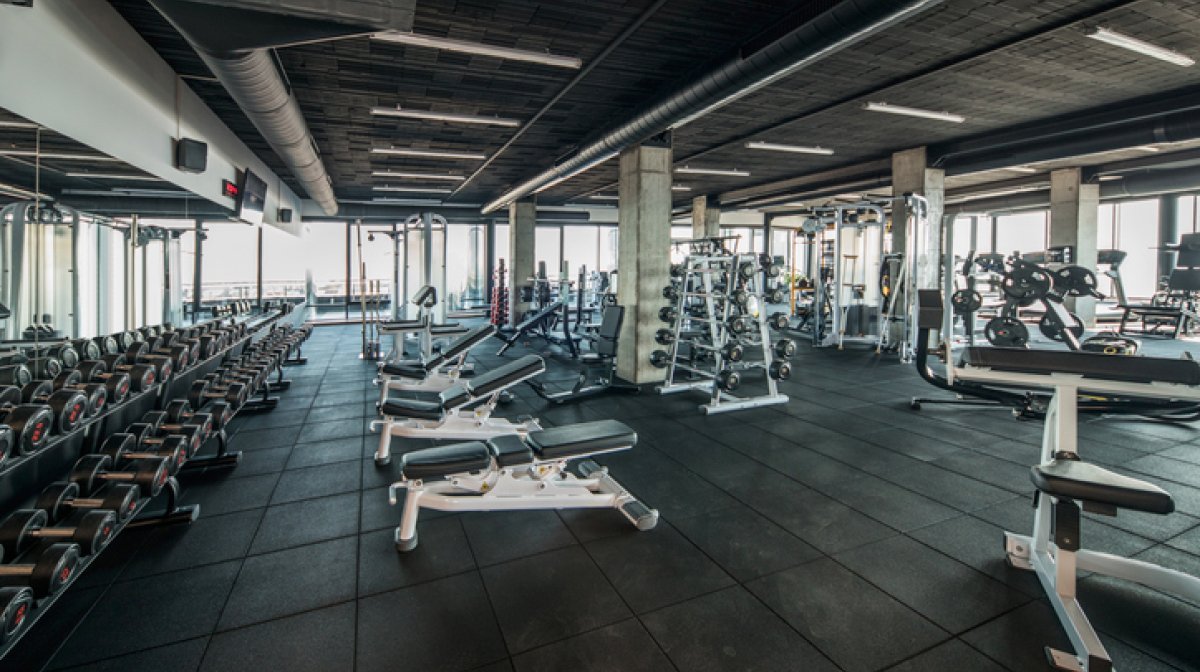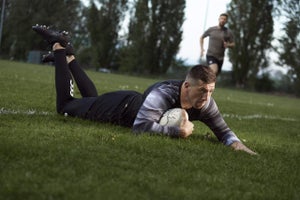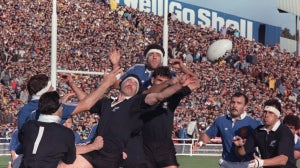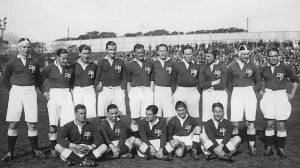
You have to go back to the 1970s to discover the origins of GVT (German Volume Training). A group of bodybuilders realised you can gain a great deal of lean muscle mass by overloading the motor units (the nerves that get your muscle fibres to contract) with huge reps of weights.
Typically, with GVT, you concentrate on x10 sets of x10 reps on one body muscle or body part per exercise – for example, x10 sets of x10 of dumbbell reps to work on your upper arms and biceps.
Each GVT workout will usually consist of only three to four exercises, but won’t those body parts feel the burn! Once you have completed the ten sets satisfactorily, then increase the weights by 2- 5%.
Slow tempo for big gains
Because the volume of reps you go through during each GVT session is so large, you should always pace yourself at a gentle tempo, especially since your rest periods between sets will be only 60 to 90 seconds.
You should also start at a lighter weight than you would normally since the later sets in German Volume Training will be a trial. A sample schedule for GVT would have you concentrating on, say, your legs and abs on Monday; your chest and back on Tuesday; and your arms and shoulders on Thursday.
German Volume Training is not something the rugby player should do every day, but during the course of the week, every major body part will be worked on.
GVT: arms and shoulders
With this high-volume training, you can typically add two to three kilos of muscle in as little as three weeks, but after your cycle of GVT, you should take a break from it, or you will dread ever stepping foot inside a gym again!
On the day of your upper-body workout, concentrate on x10 sets of x10 reps of the bench press, that old favourite, followed by x10 sets of x10 of chin-ups (ROGER CHIN UP), x3 sets of x10 reps of triceps extensions and x3 sets x10 reps of bicep curls.
Again, you should rest between sets for only 60 to 90 seconds and try to use free weights rather than machines as they concentrate on the muscle mass more; machines give you too much stability so they don’t provide the same stresses. After a month of this high-volume training, you should see huge benefits as your overloaded muscle fibres undergo hypertrophy. The cycle of GVT should be taken on only once or twice a year.
GVT: chest and back
As with the day you concentrate on your arms and shoulders, when you focus on your chest and back muscles, go slowly, use free weights and start at a lower weight than you would usually begin with to give yourself a chance in the later sets.
The load you use should be submaximal, so that only the last three sets are a trial. Olympic lifts and their associated exercises such as the power cleans and snatch pulls, should be given a wide berth when it comes to German Volume training.
Focus on achieving x10 sets of x10 reps of incline dumbbell press, x10 sets of x10 reps of chin-ups, x3 sets of x12 reps of flat dumbbell press and x3 sets of x12 bent-over, single-arm dumbbell throws, with only 90 seconds of rest after the 10 sets and only a minute of rest after the 3 sets.
GVT: legs and abs
The third day in the week-long cycle of German Volume Training should focus on the all-important foundations of rugby performance conditioning. Forget about doing side leg raises on a machine – this exercise goes against the ethos of GVT, which is all about putting stress and overloading your muscle fibres to create lean bulk.
Try to work on x10 sets of x10 reps of back squat lift (legs raised), then x10 sets of x10 reps of lying leg curls, followed by x3 sets of x12 reps of of dumbbell semi-stiff-leg deadlifts and x3 sets of x12 reps of standing calf raises. Take these high-volume training exercises slowly and concentrate on your breathing during the 60- to 90-second rest periods after the sets.
German Volume Training on these three days will boost your metabolism, as well as your muscle mass.
Beyond GVT
As explained above, GVT will help build muscle mass. Combined with speed, muscles will provide the power bursts you need on the field. Read more about building rugby power and plyometric exercise.









